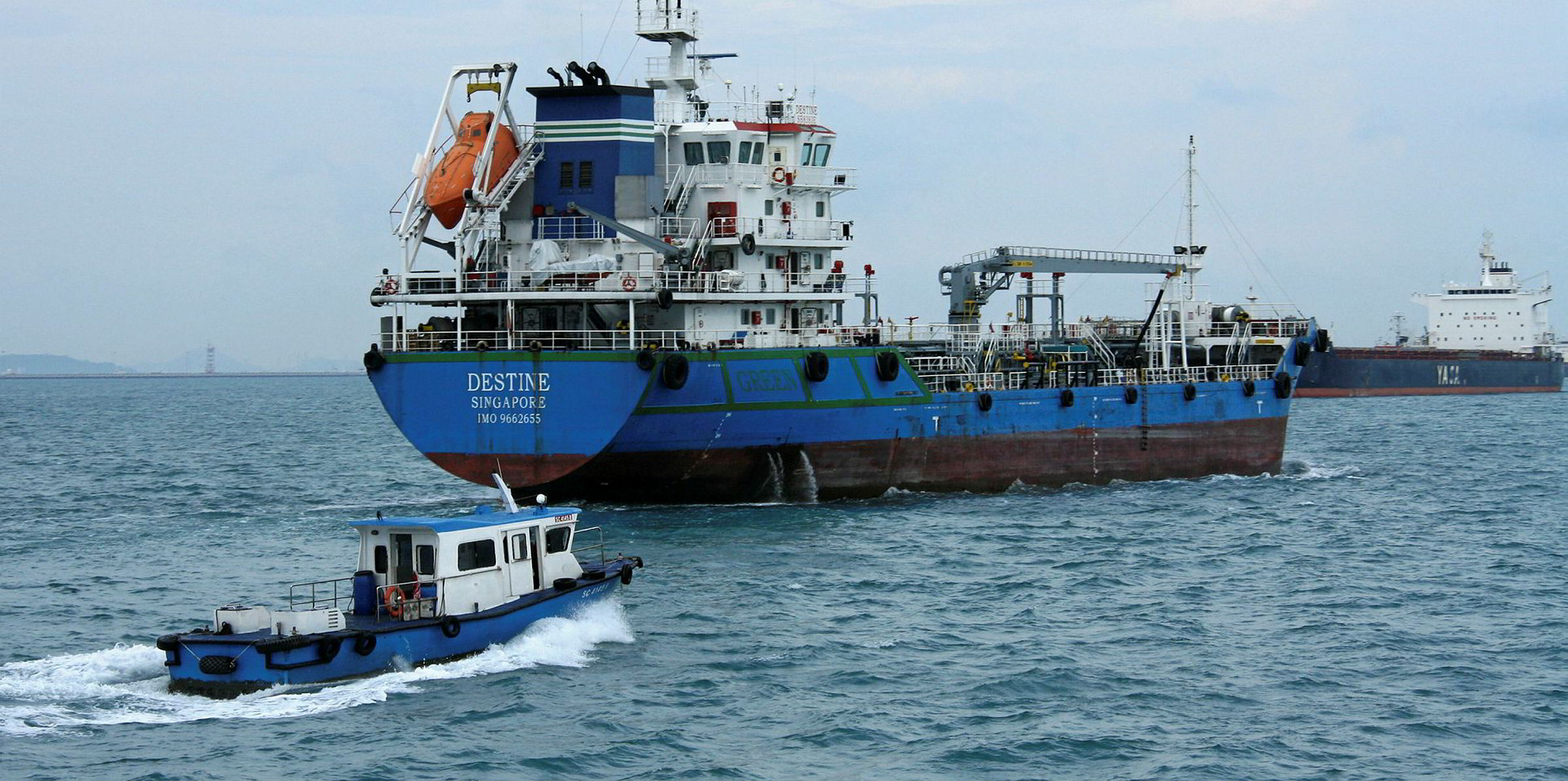High sediment levels have been found in many test samples of 0.5%-sulphur fuel produced from the blending process to meet the IMO 2020 requirements, according to recent industry studies.
Based on the ISO 8217:2017 specification, widely adopted as the industry standard for IMO 2020-compliant fuel grades, bunker should contain no more than 0.1% sediment to avoid clogging in vessel engines.
This requirement is separate from the IMO's sulphur cap for bunker fuels, which will be lowered from 3.5% to 0.5% from Wednesday.
However, officials from fuel-testing firm AmSpec confirmed to TradeWinds that out of the hundreds of blends the company tested in the Houston area, dozens were found to exceed this limit.
Blending and fuel oil manager Shannon Boudreaux stressed the off-spec grades would generally be routed back to the blending pools rather than be sold to shipowners as final products.
“For the final products, [they are] generally on spec,” said Boudreaux, adding that he predicted only “a very low percentage” of the 0.5%-sulphur fuel products would be sold to shipowners.
The news came after Lloyd’s Register found high sediment levels between 0.16% and 0.21% in some samples of 0.5%-sulphur fuel in Singapore over the recent weeks.
With the 0.5%-sulphur grades being new products, many fuel experts have warned shipowners not to co-mingle different fuels to avoid off-spec issues.
Even if all blending components meet the ISO fuel specification, the final products can still have high sediment due to chemical reactions, according to AmSpec.






